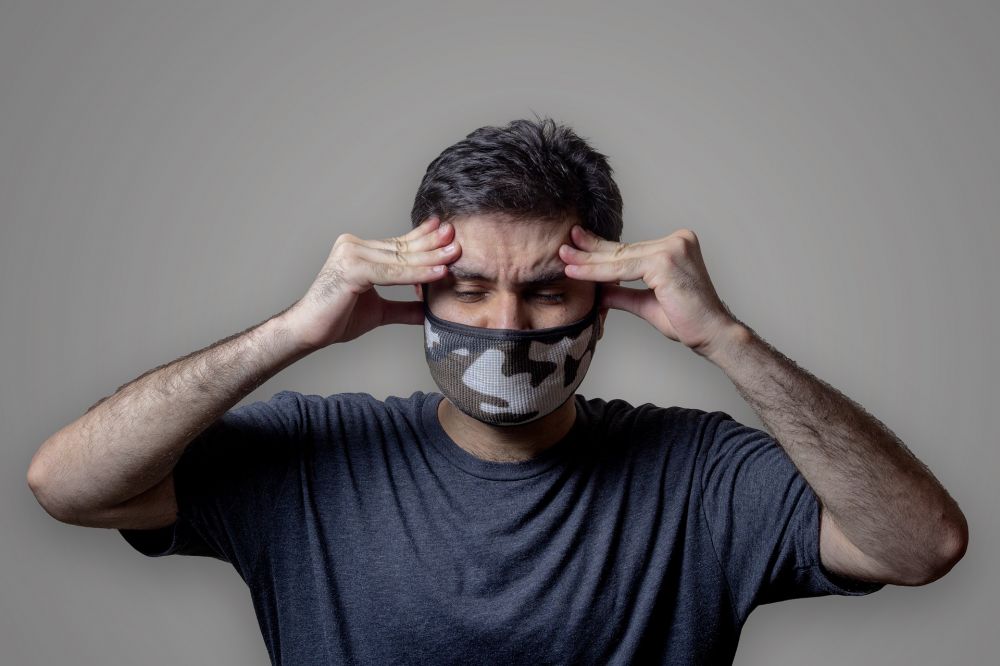Pixabay.com
Brilio.net - Several years ago, social media was in an uproar with a young man who was infected by a brain-eating amoeba after swimming in an abandoned swimming pool. The amoeba, which generally lives in warm fresh water, has caused fatal brain damage in a few isolated cases. This incident raises serious warnings about the dangers of brain-eating amoeba, and the importance of care and maintenance of swimming pools, to prevent similar infections in the future.
Brain-eating amoeba or Naegleria fowleri, usually lives in warm freshwater environments such as lakes, swimming pools, or other water sources that are not exposed to direct sunlight. They can also be found in contaminated soil, sludge, or wastewater. This amoeba moves by forming pseudopodia, which are extensions of cells that resemble legs that are used to move and capture food.
An unclean environment can become a place for bacteria and germs to accumulate, which can cause skin infections, respiratory infections or other health problems. Therefore, it is important to always pay attention to personal hygiene, avoid contact with unclean water, and take other preventive measures. Wash your hands regularly and avoid unclean food or drinks.
Apart from being able to attack the brain, the following types of diseases are caused by amoeba entering the body. Brilio.net reported from various sources, here is the complete review, Tuesday (7/5).
Amebiasis

disease caused by amoeba
2024 Pixabay.com/various sources
Launching from the National Center for Biotechnology Information page, amebiasis or amoebic dysentery is a parasitic intestinal infection caused by an amoeba from the Entamoeba group. Amoebiasis can appear with mild to severe symptoms, such as stomach pain, diarrhea, or bloody diarrhea. Sometimes this infection attacks without showing any symptoms at all. Severe complications may include inflammation resulting in peritonitis. Affected people may experience anemia.
To prevent people from amebiasis you need to pay attention to the following:
- Get used to washing your hands until they are clean, supported by good space and equipment
- Wash all vegetables thoroughly before cooking.
- Avoid consuming salads and raw fruit. Peel the skin of the fruit if possible.
- Provide a safe place to dispose of household waste water far from residential areas.
- Avoid drinking contaminated water.
1. Diarrhea, which may contain blood or mucus.
2. Stomach cramps and pain.
3. Loss of appetite and weight.
4. Bloating and gas.
5. Fatigue.
6. Fever.
7. Excessive defecation.
8. Frequently passing gas.
9. Dark or foul-smelling stools.

disease caused by amoeba
2024 Pixabay.com/various sources
PAM is an acute, fulminant, and rapid central nervous system infection caused by the thermophilic ameboflagellate Naegleria fowleri. This disease is rare because basically this type of amoeba does not easily infect humans. Even so, when this disease infects humans it can be very fatal. Naegleria fowleri is a very small amoeba, even difficult to see with a microscope. This allows the amoeba to live and develop freely in water. This disease is so dangerous, cdc.gov states that from 1962 to 2021, 154 US citizens were infected and only 4 people survived.
1. High fever.
2. Severe headache.
3. Stiff neck, difficulty lowering the head to the chest.
4. Nausea and vomiting.
5. Sensitivity to light.
6. Convulsions.
7. Skin rash.
8. Disturbance of consciousness or difficulty staying awake.
PAM is a rapidly progressive disease that generally causes death within 5 to 10 days after the onset of symptoms. The majority of infections occur after swimming in water that is naturally warmed by sunlight. If you experience headaches after swimming in unclean water, immediately consult a doctor for proper evaluation and treatment. Prevention is the main key to avoiding infection, so make sure to always swim in a clean and well-maintained pool.
(Intern/Robiul Adil Robani)
(brl/psa)